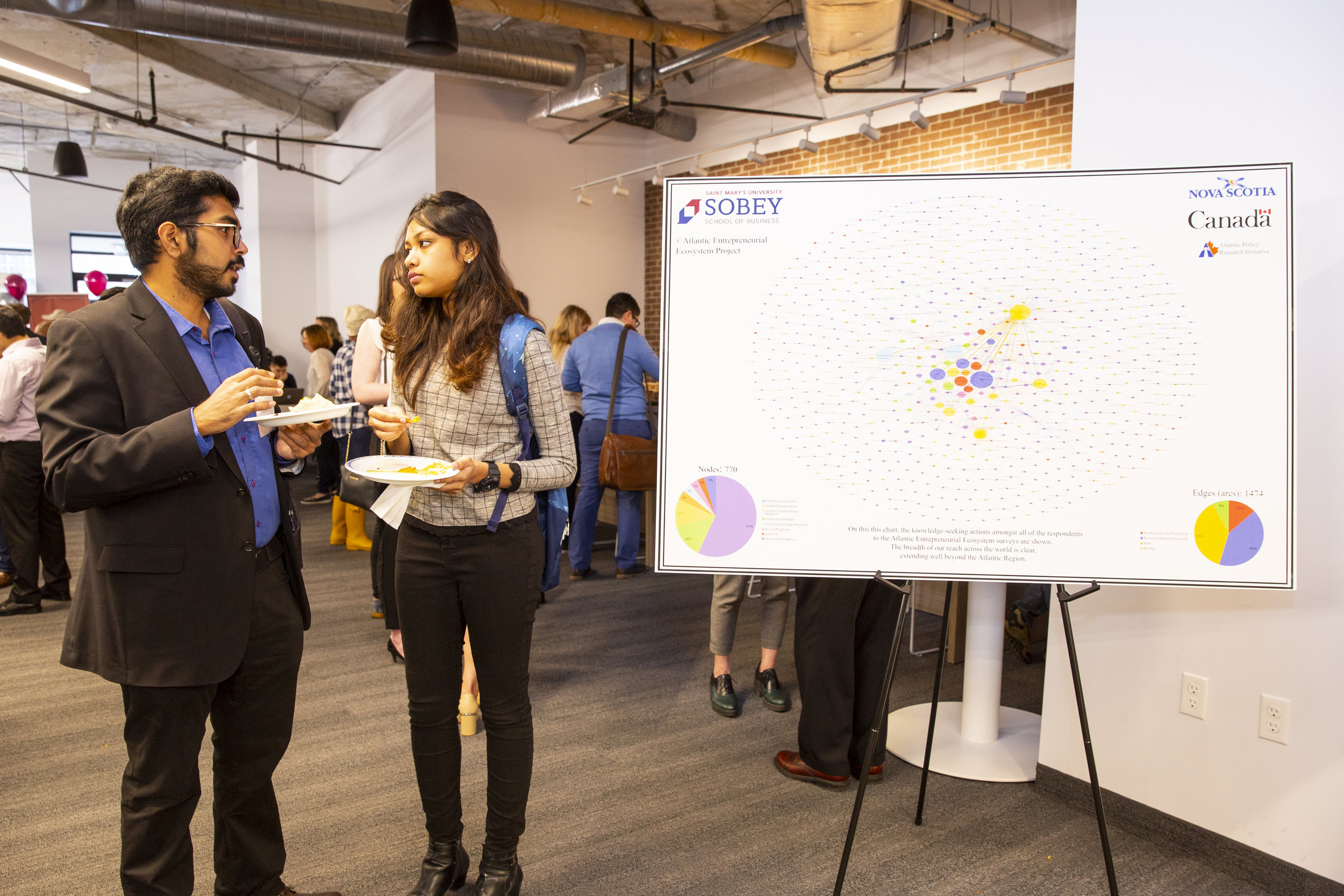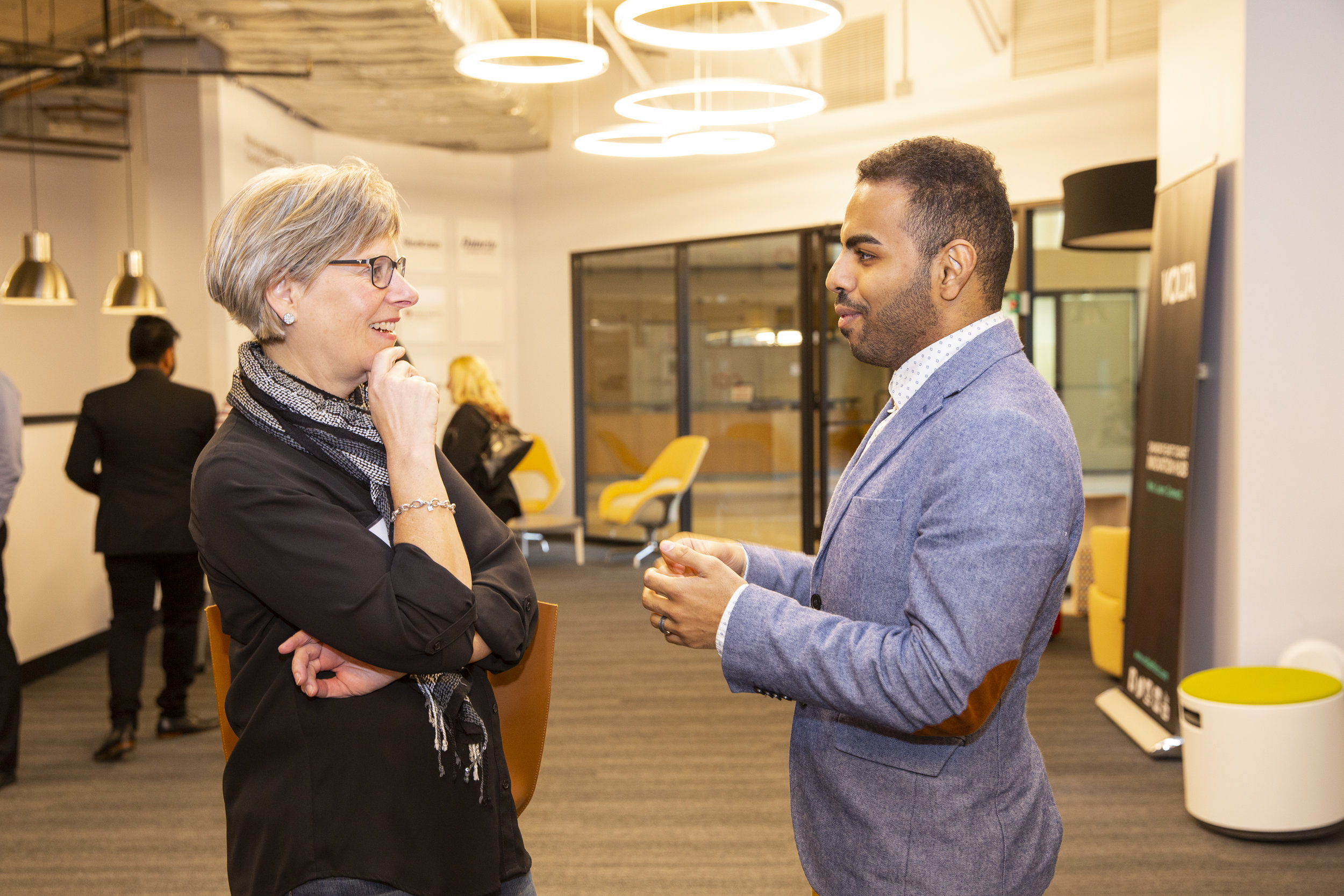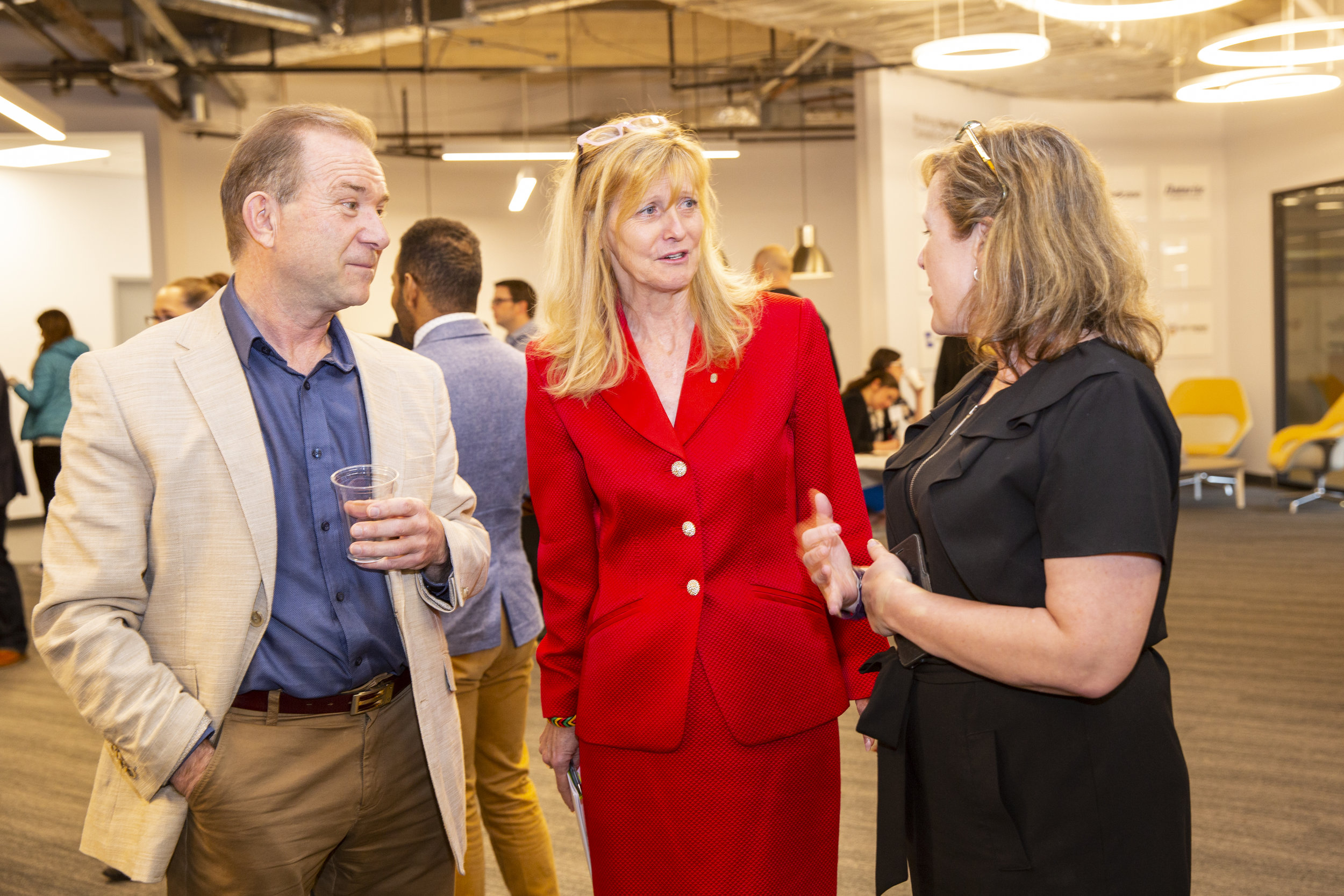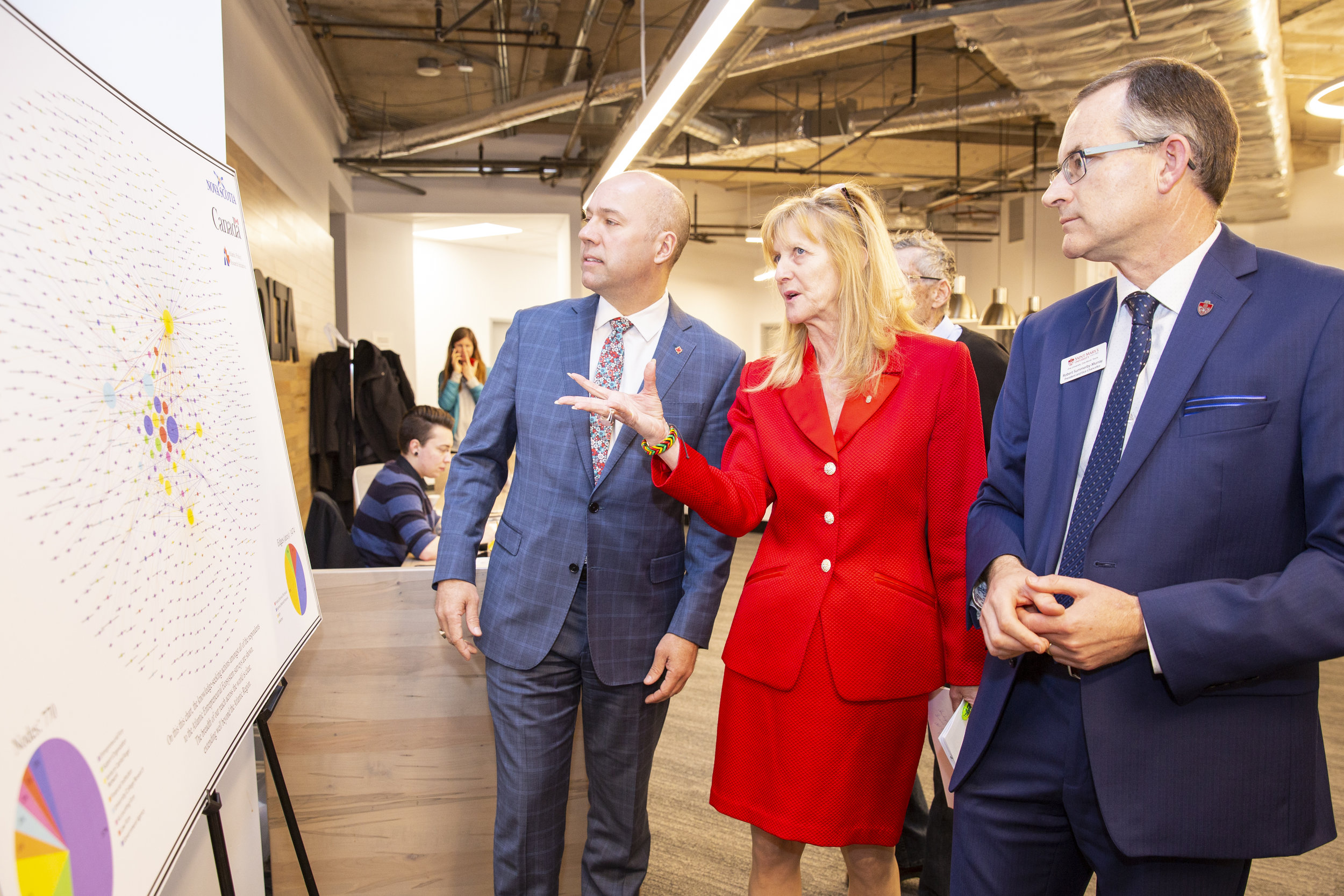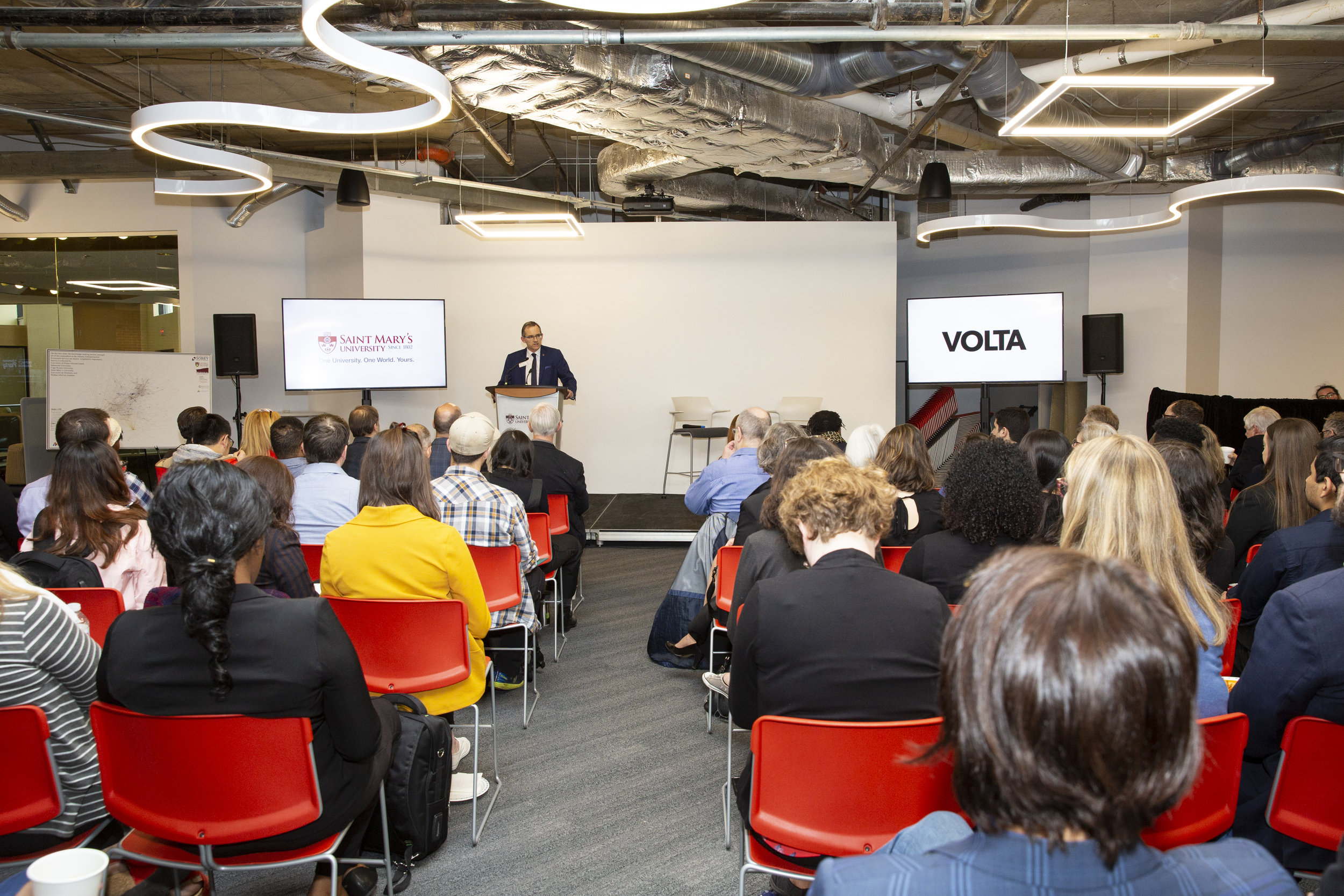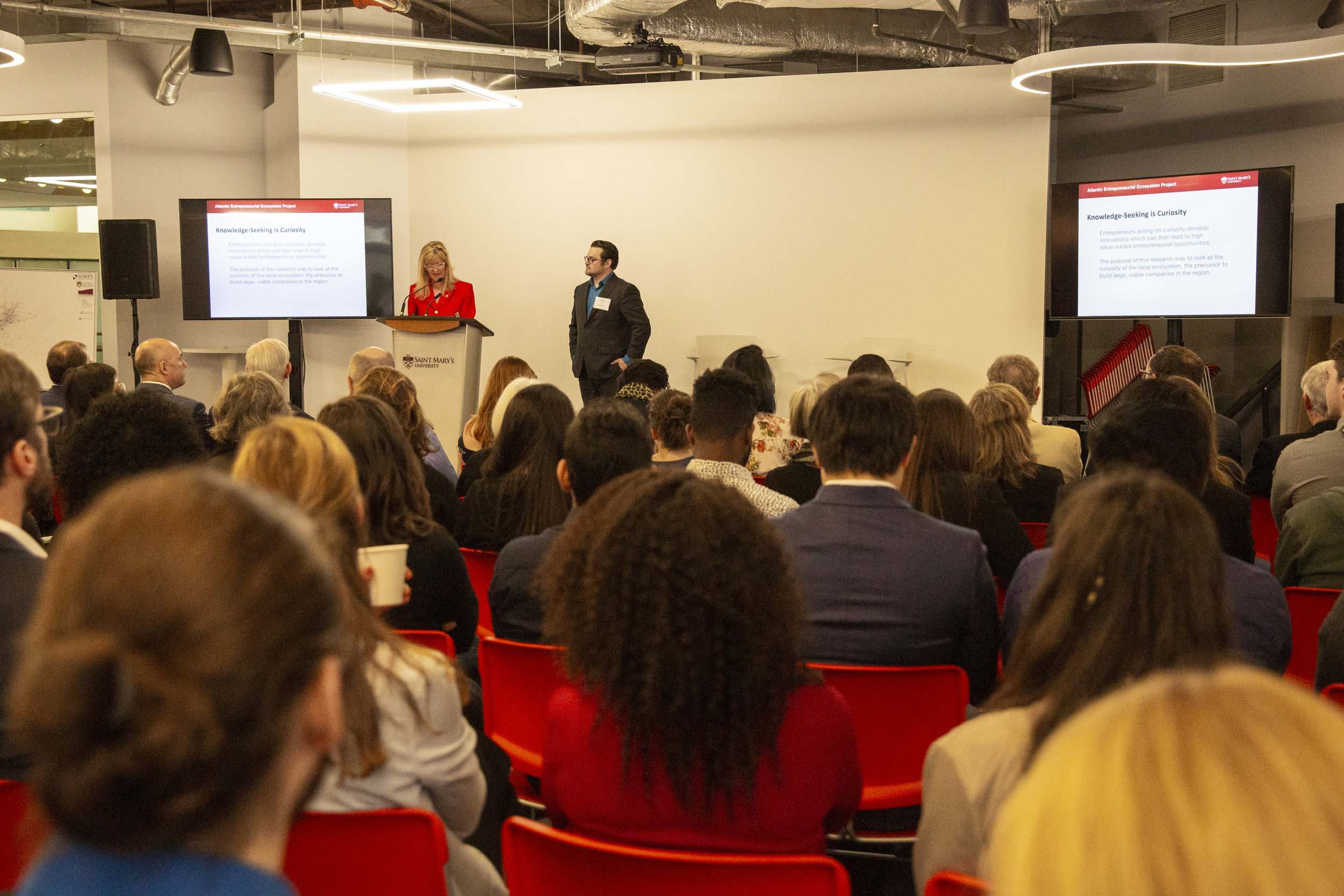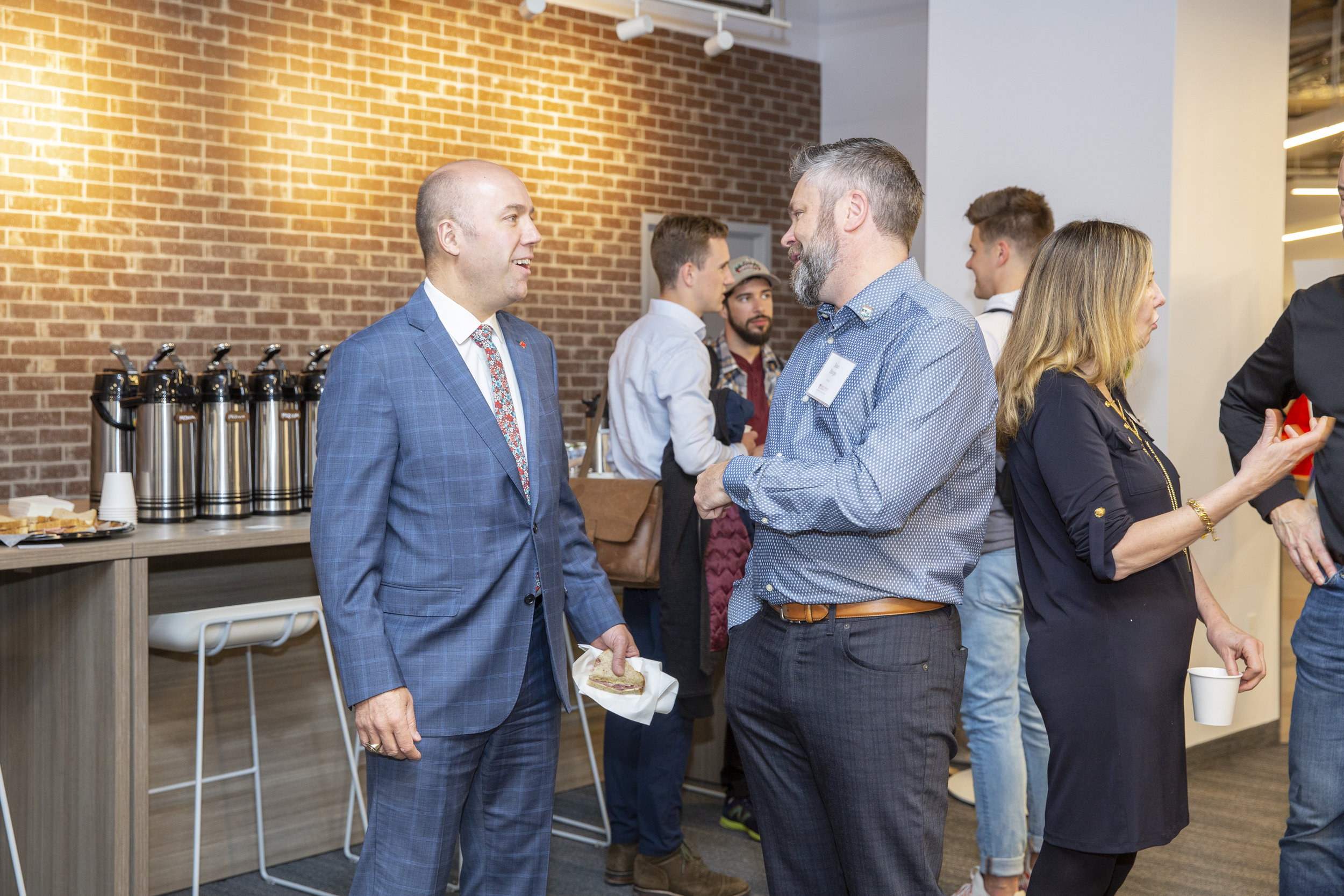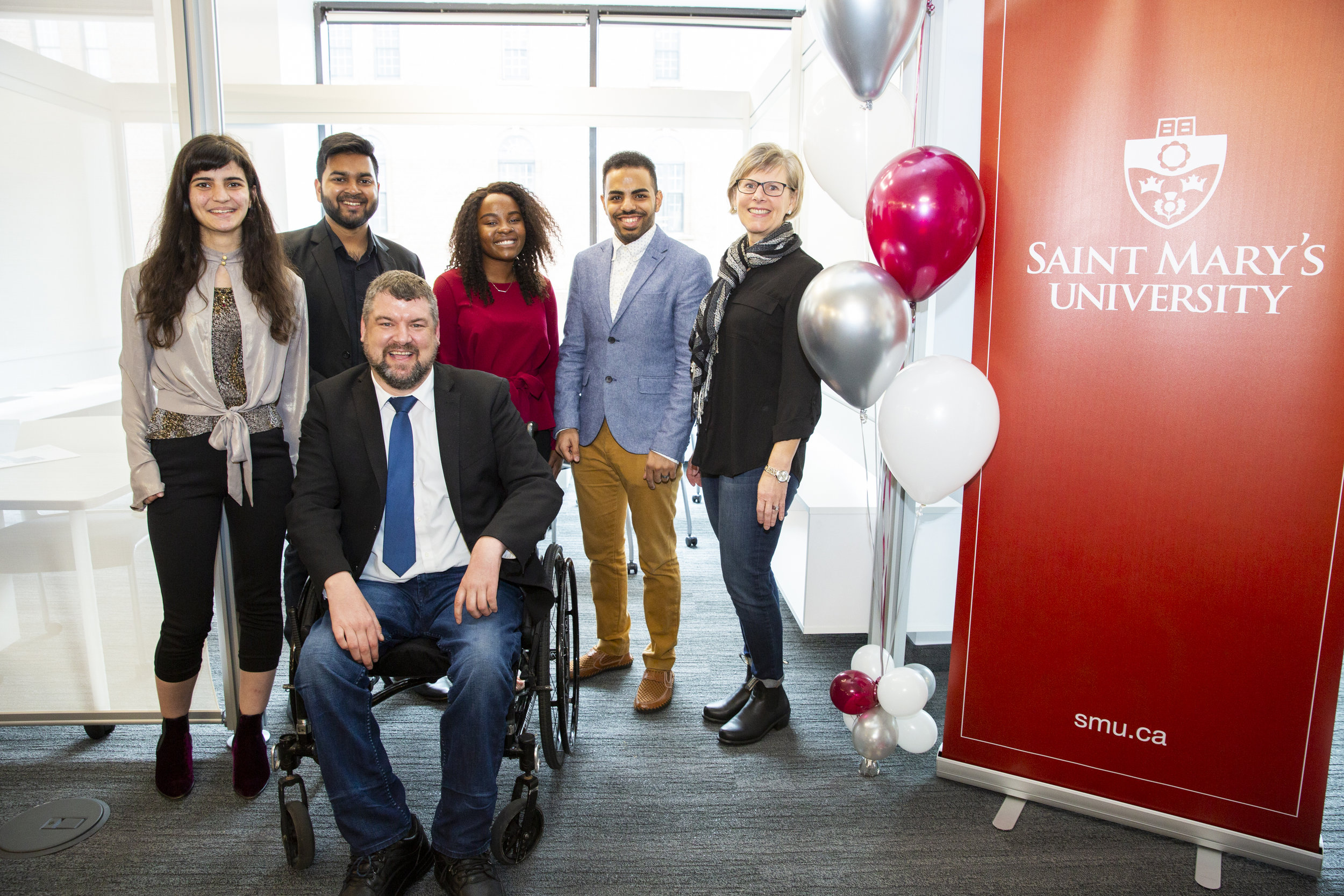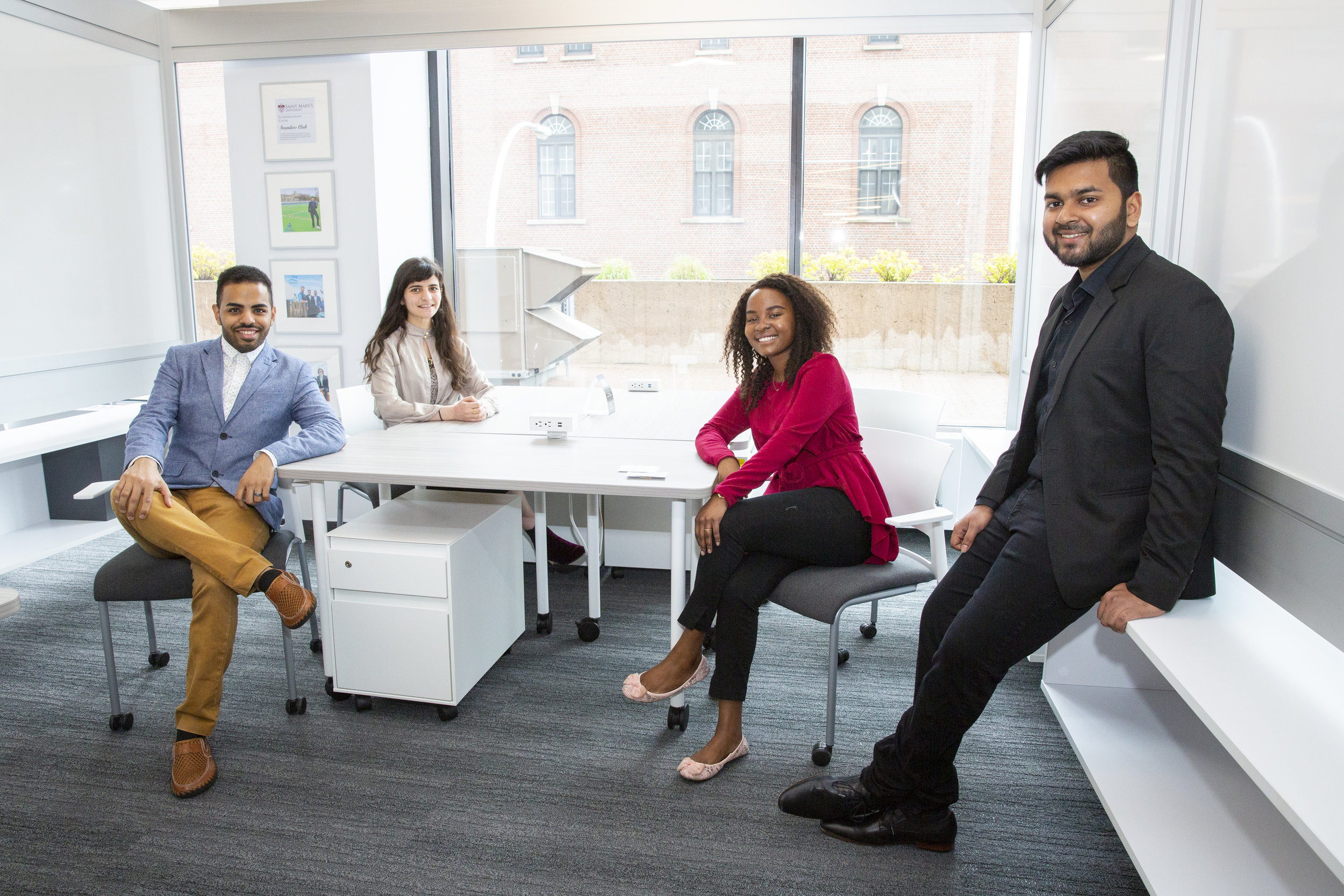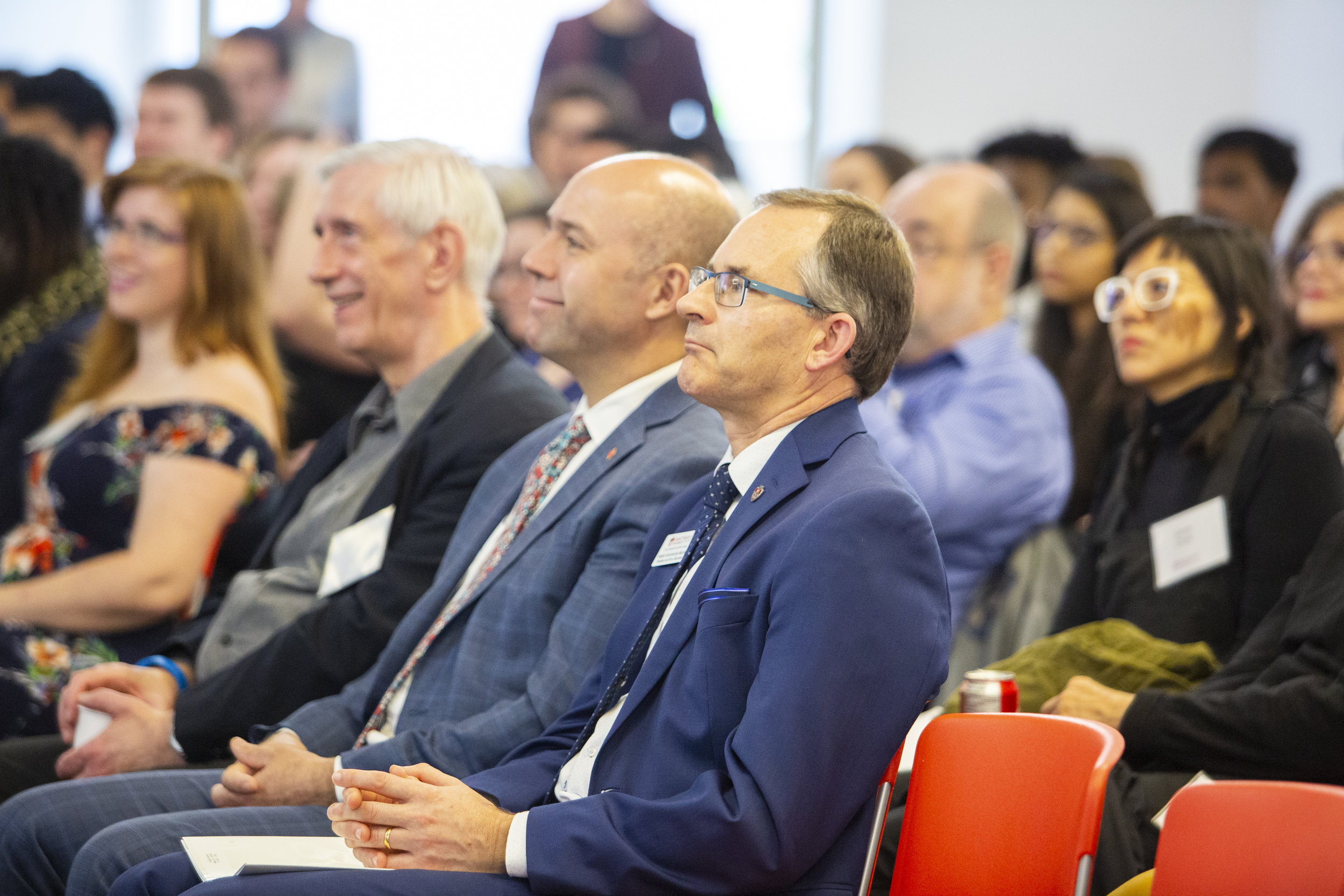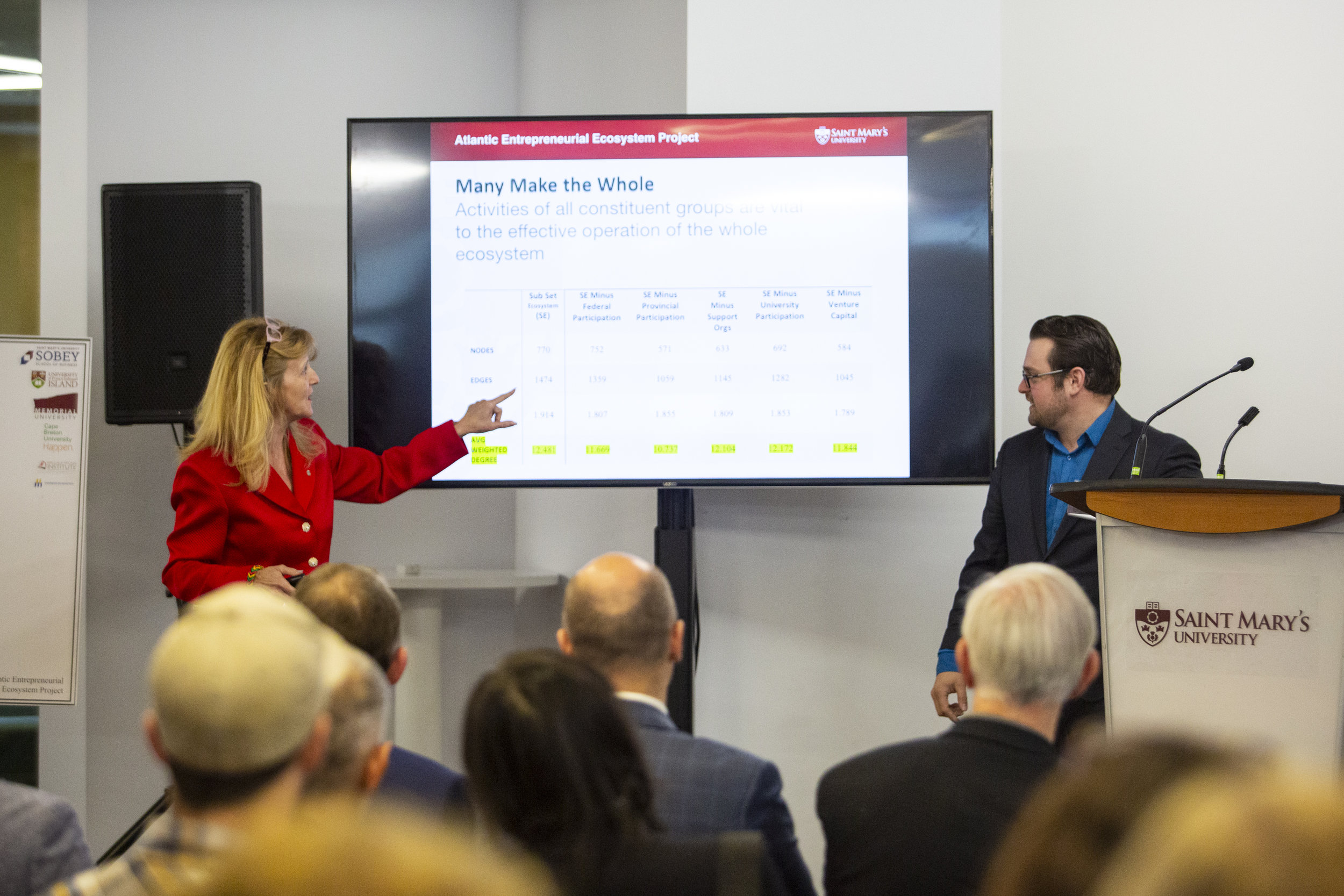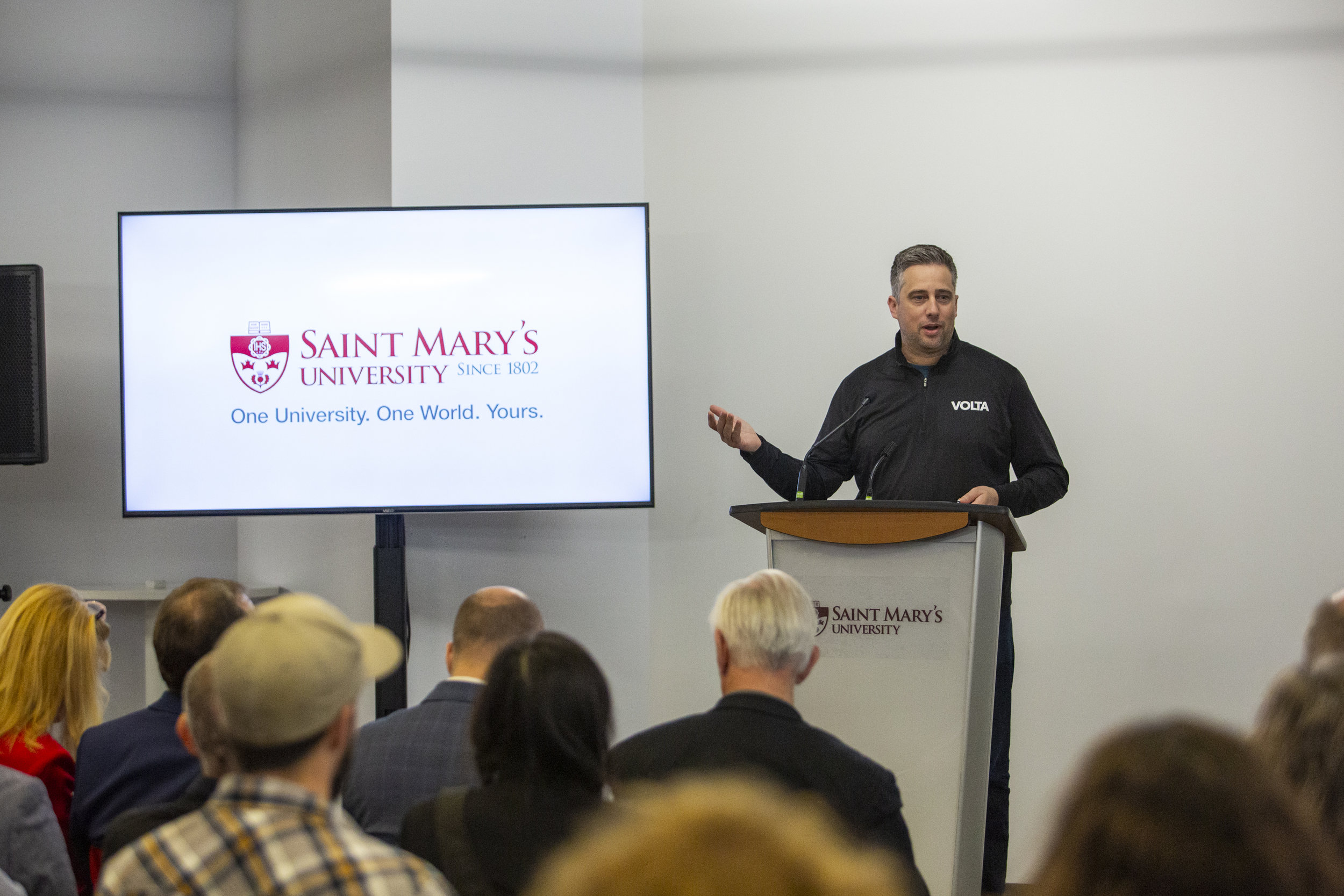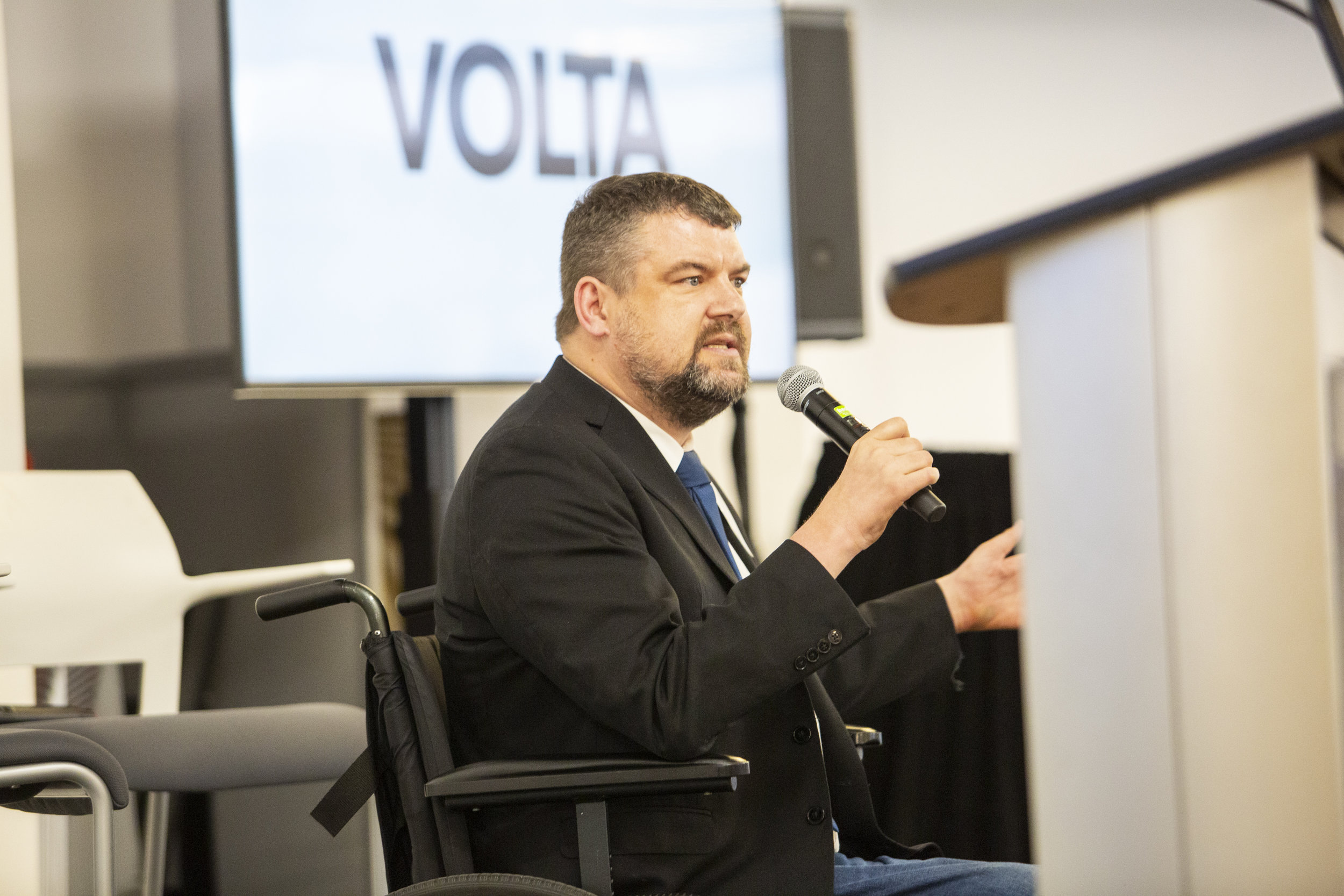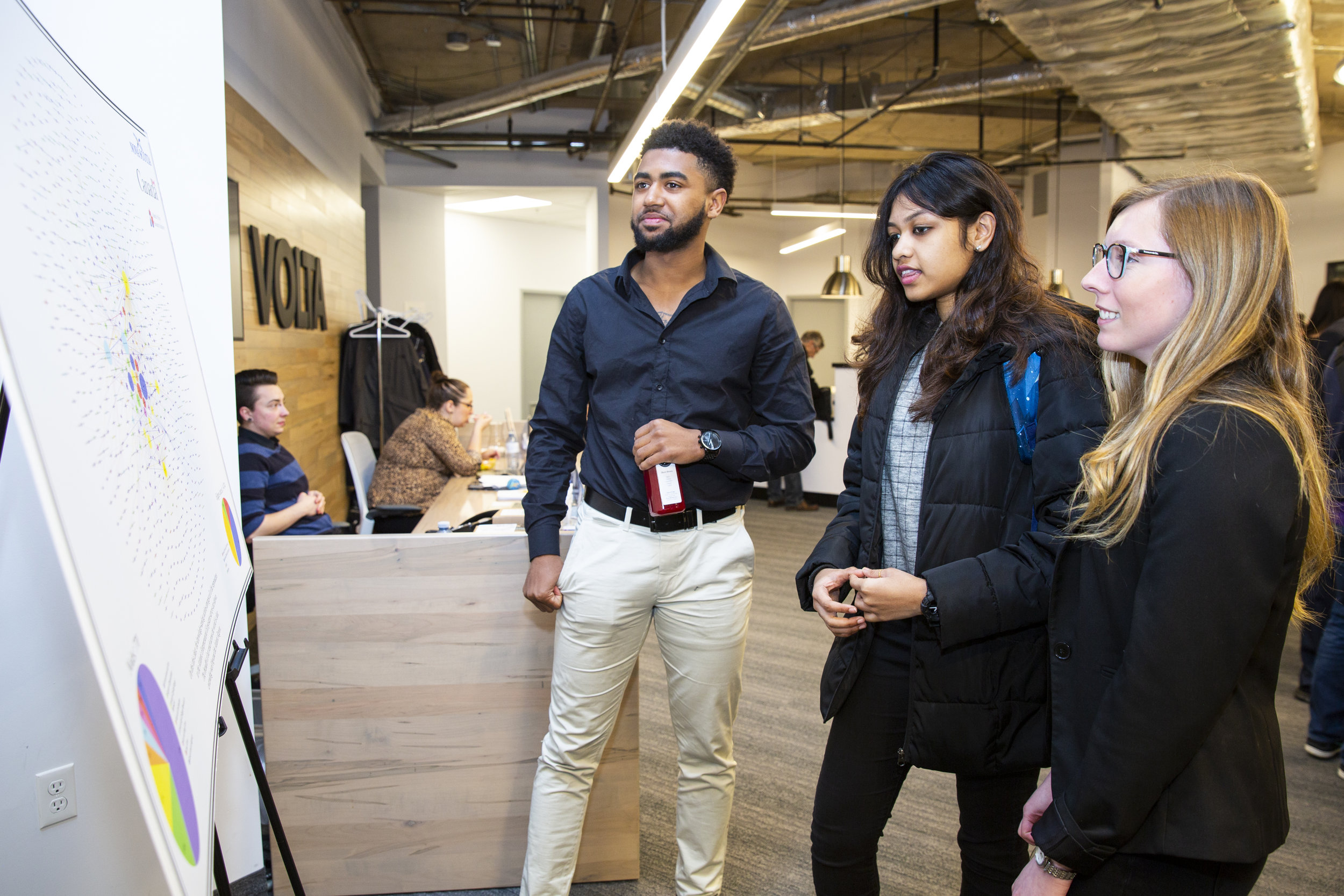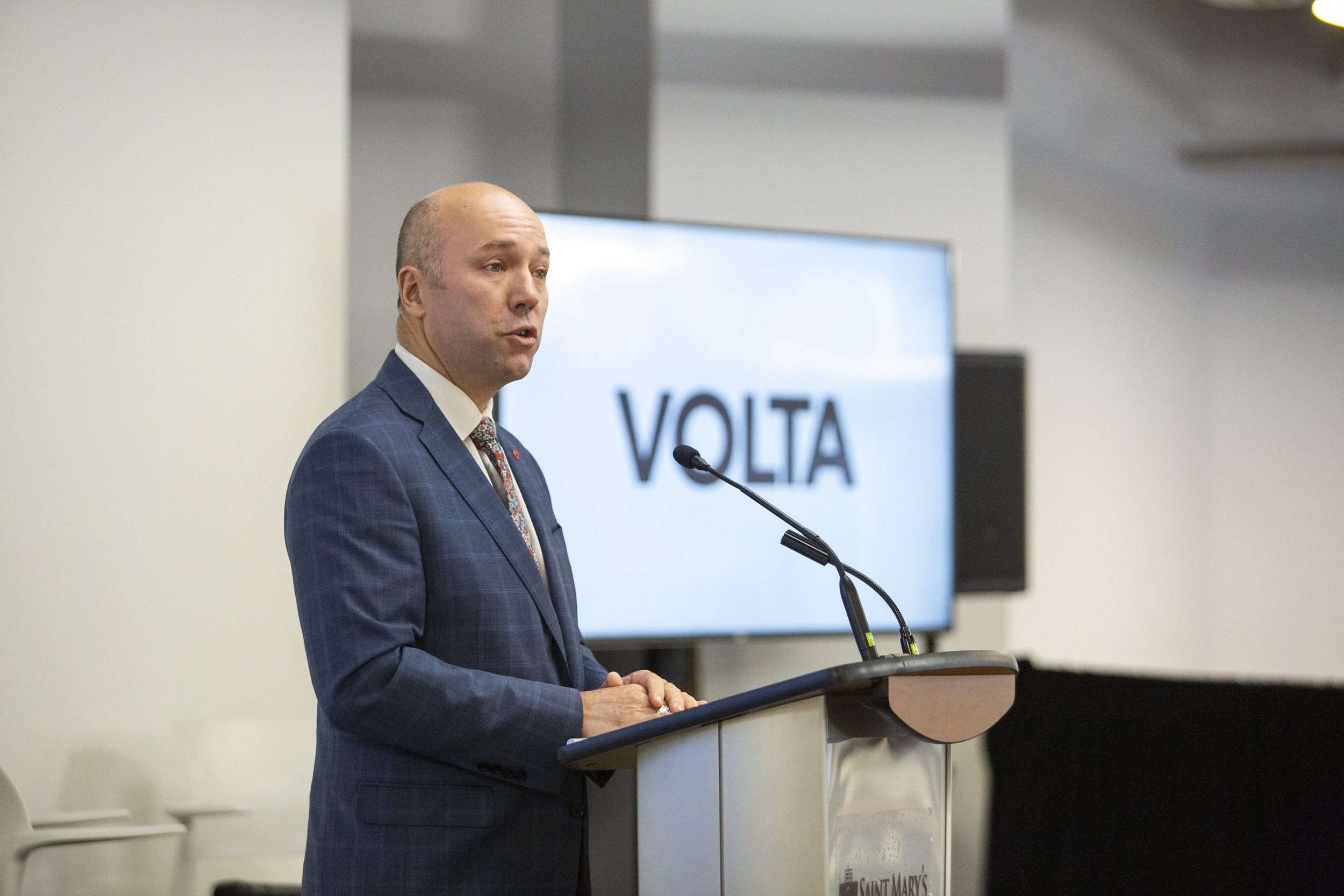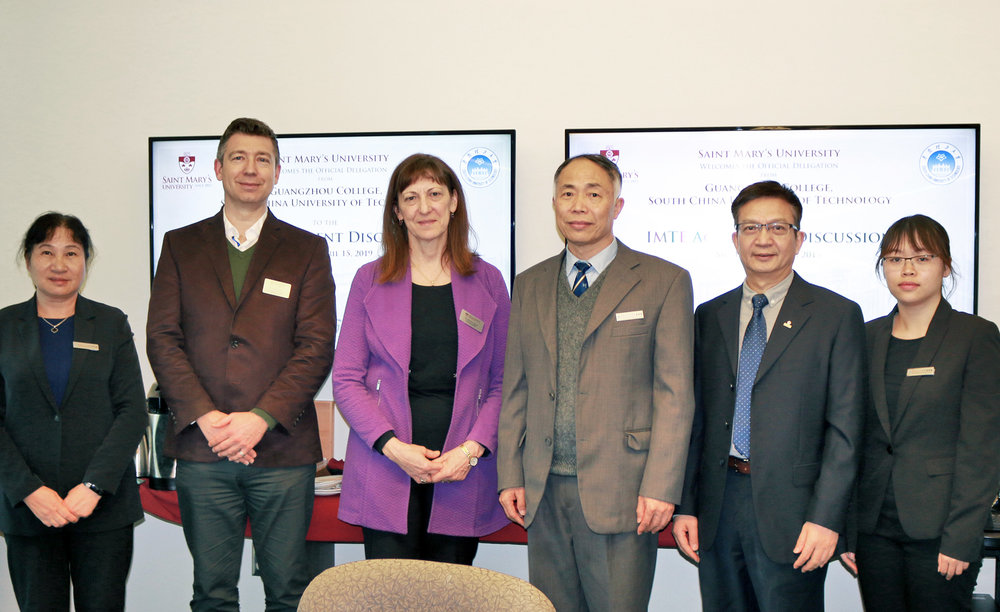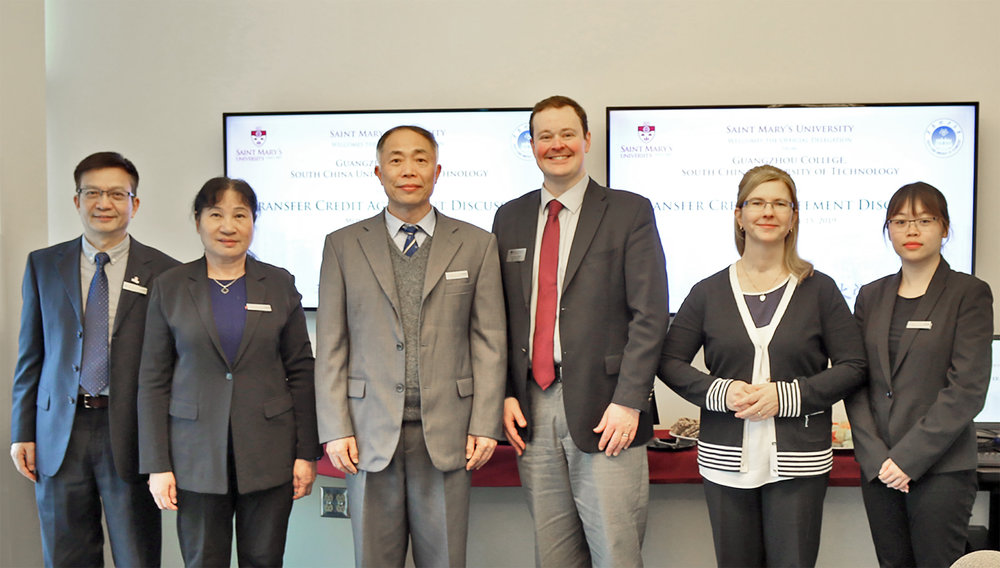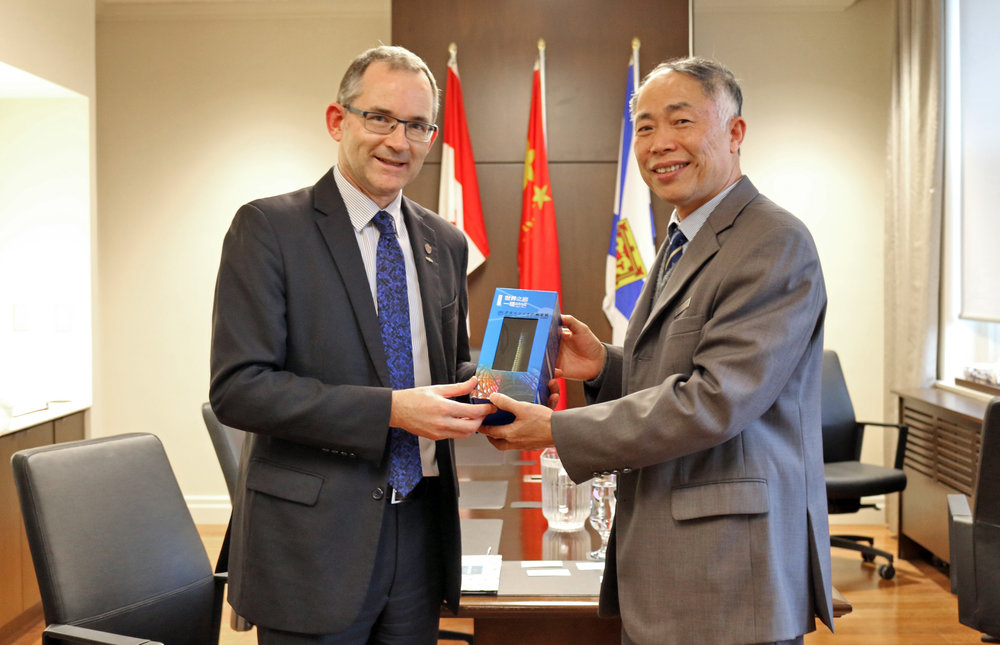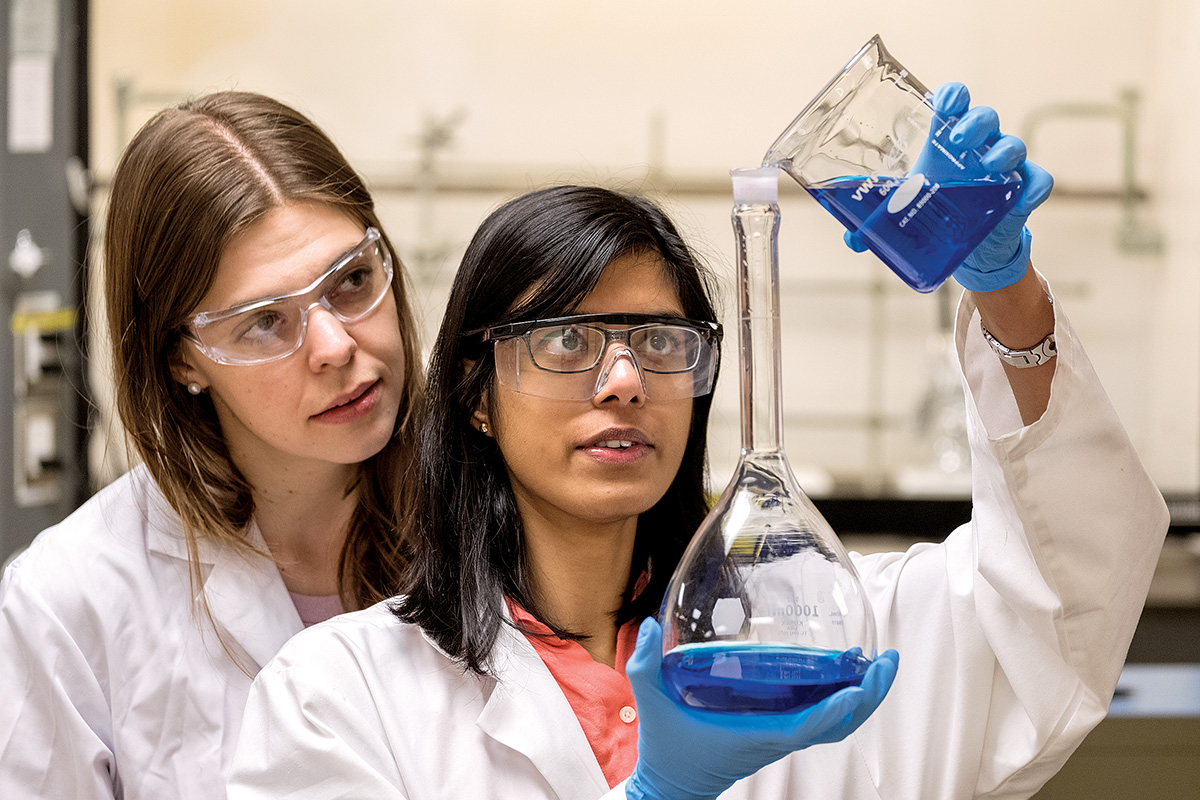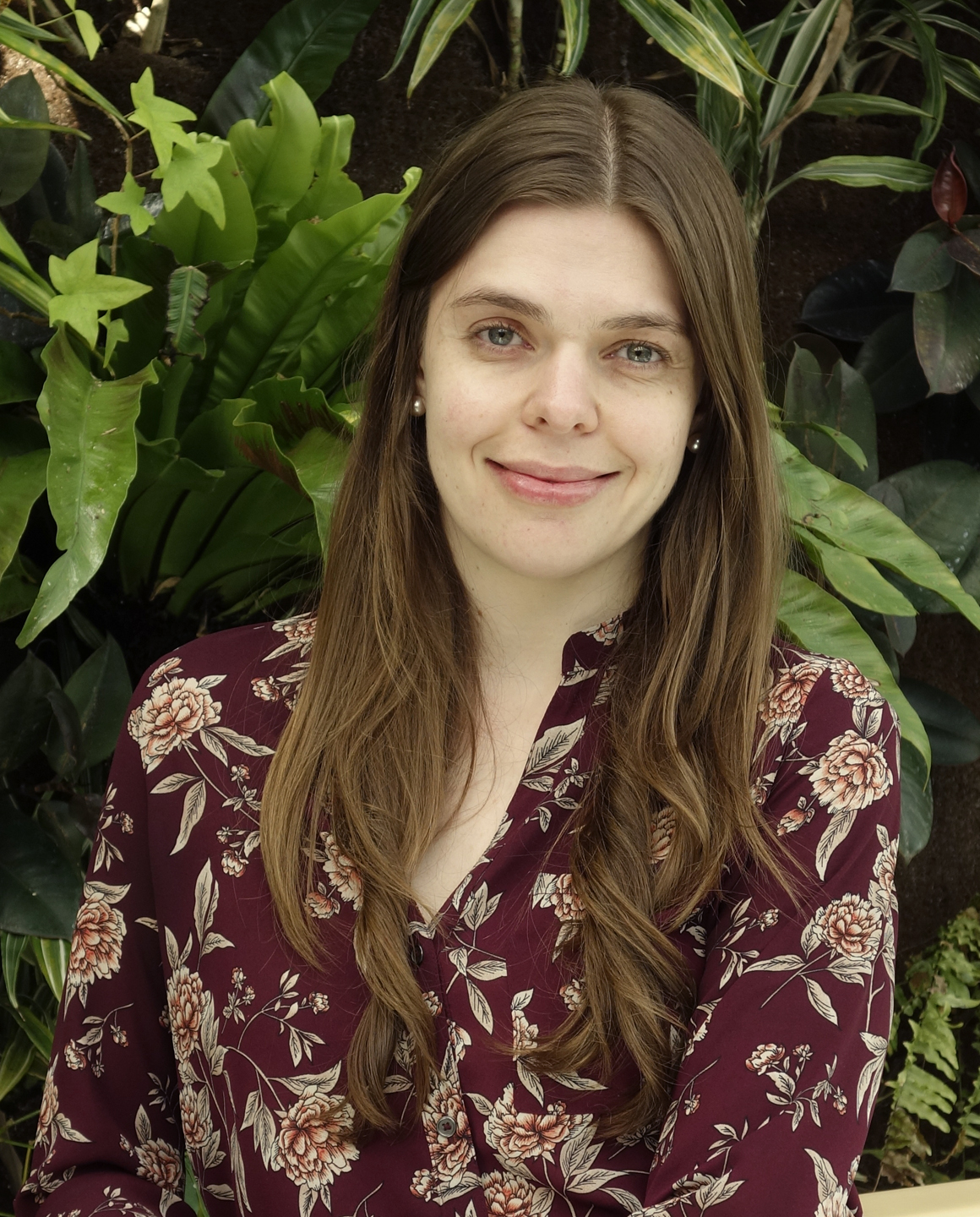Brendan Grue, a Saint Mary’s University (SMU) PhD in Applied Science student, is the 2019 recipient of Research Nova Scotia’s (RNS) prestigious Quest Award.
“I was surprised and honoured to be chosen,” said Grue. “I think it reflects the growing research community here at Saint Mary’s.”
Brendan Grue, a Saint Mary’s University PhD in Applied Science student and the recipient of the 2019 recipient of Research Nova Scotia’s (RNS) prestigious Quest Award.
Grue is researching the development of a new class of orthopedic implants to hopefully reduce the use of metallic plates and alleviate the need for autograft surgery. An autograft is a procedure where bone or tissue is transferred from one spot to another on a patient’s body. He is working under the supervision of Dr. Samuel Veres, an associate professor for the Division of Engineering at Saint Mary’s University.
“Brendan's wide-ranging and multidisciplinary laboratory talents have been incredibly important to our lab,” said Dr. Veres. “Thanks to him we are now in a position to substantially expand our work in scaffold development for tissue repair and regeneration.”
The Quest Award is presented to the graduate student researcher who demonstrates the greatest promise and potential for excellence in health research. Grue was selected from among applicants with the highest standing in the recent RNS Scotia ScholarsOM Award competition. The competition is open to graduate and doctoral students from across Nova Scotia universities, making the win for Grue also a win for Saint Mary’s.
"Saint Mary's University appreciates the ongoing support from Research Nova Scotia for graduate students in the health sector through the Scotia Scholars program," said Dr. Adam Sarty, associate vice-president, Research and dean of the Faculty of Graduate Studies and Research at Saint Mary's. "We are very fortunate to have an exemplary student like Brendan in our Ph.D. in Applied Science program to pursue his work in Biomedical Engineering. On behalf of Saint Mary's, I want to congratulate Brendan on receiving this special recognition from Research Nova Scotia."
According to Grue, the available treatment options for patients in need of orthopedic implants can require expensive and potentially dangerous revision or implant retrieval surgeries.
“Metallic and various synthetic bone grafts may not be as biocompatible or as conducive to the healing environment within bone,” said Grue. “I’m engineering an alternative using mineralized bovine collagen that has the ability to degrade over time as well as give the support the body needs to repair itself.”
To create his implants, Grue is using bovine forelimb tendons that are a current waste product of the meat processing industry in Nova Scotia. The use of bovine collagen in implants is already Health Canada approved, making his source material both sustainable and practical for clinic uptake. “I’m taking advantage of the architecture that’s already within nature and building upon it to construct something that will hopefully allow the body to repair itself,” he explains.
With roughly one year left in his PhD program, Grue is focused on the final phase of his research in which he will assess the body’s potential response to the collagen-based implant.
“There is a particular need within Nova Scotia’s aging population to have interventions that allow for enhanced bone repair due to a higher incidence of bone-related injuries within this group,” said Grue. “I’m excited to see the potential this could have to help Nova Scotians and support the continuation of research in this area.”
In the future, Grue aspires to attend medical school, stating the applied nature of his research has further motivated his decision. “As a clinician scientist, I will be able to apply lessons learned from my research to patients directly and allow what I learn from patients to shape future research directions.”








